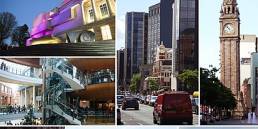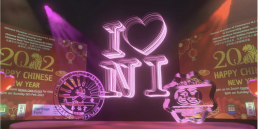The multi-national, multi-faith and multi-cultural nature of the British Army which fought in the First World War meant that arrangements had to be made for many army routines from food and equipment to funerals and burial. One such challenge led to the creation of the first Muslim Burial Ground in the United Kingdom.
Woking’s Muslim Burial Ground is a reminder of the significant contribution made by some three million Indian service personnel who fought alongside the Allied troops during the First and Second World Wars. It was built during the First World War as the only designated place of burial for Muslim soldiers who had died at the temporary Indian Army Hospital in Brighton Pavilion and elsewhere along the south coast. Those who died received burial rites according to their religion. There were special crematoria at Patcham, (Sussex), Netley and Brockenhurst (Hampshire) for Hindu and Sikh soldiers, while Muslim soldiers were buried. However, rumours spread that Muslim soldiers were not receiving burial according to their religious customs. These were dispelled once the War Office commissioned a special burial ground at Woking, chosen for its close proximity to Britain’s only purpose-built mosque at that time.
Find out more about Muslims soldiers, the Indian Army, and the Shah Jahan in the First World War
This unique Grade II listed site is situated among pine trees, tucked away on the south east corner of Horsell Common. Designed by architect T H Winney and built by local Woking firm, Ashby and Horner Ltd, it is bounded by ornate brick walls and has a domed archway entrance and minaret, reflecting the design of the nearby Shah Jahan Mosque. The site was completed in 1917 with 19 bodies being received from Brighton during the First World War but a total of 27 with subsequent burials from the Second World War.
Muslim Burial Ground, 2008.
before restoration. (Copyright Surrey Heritage, photograph
taken by Janet Nixon)
In 1921, the Commonwealth War Graves Commission took over the upkeep of the site. Local people remember that it had a yellow path, iron gates at the entrance and two seats inside. All the graves faced east according to Islamic custom.
With later burials taking place at Brookwood Cemetery the Horsell site fell out of use. During the 1960s the site was vandalised and the bodies were removed to the Military Cemetery section at Brookwood.
Listen to a short play about the challenges faced in planning and siting the Burial Ground.







